Direct-to-Brain Augmented Reality (With Neuralink & AI)
3 Nov 2025
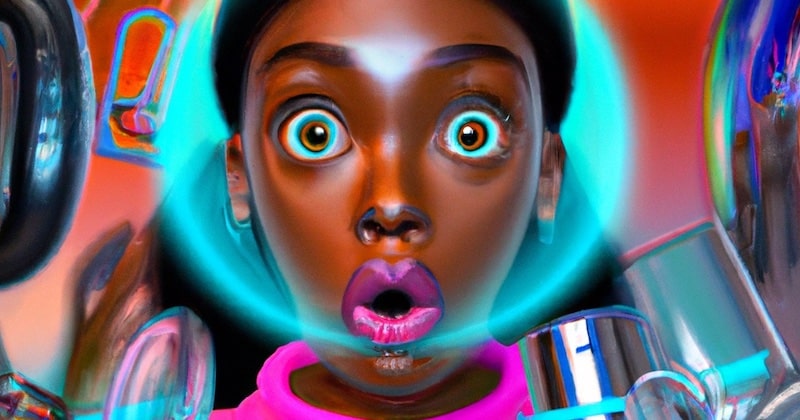
Augmented Reality (AR) is the process of superimposing computer-generated objects or information over reality to provide a composite view of the world on a screen or through special glasses.
Some use cases are truly amazing.
Real-time language translation:

Google Lens translating Chinese to English in real-time video
Real-time facial recognition:
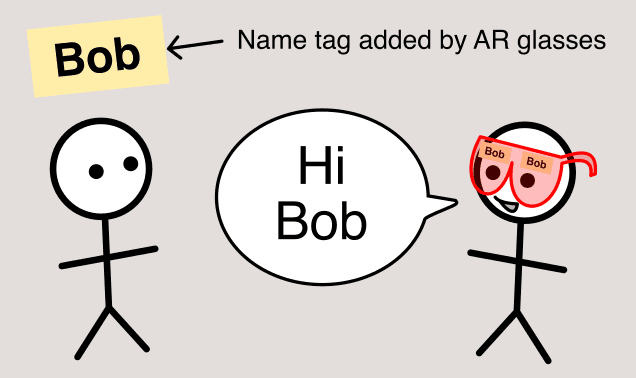
Never forget a person's name again. VR glasses (also called smart glasses) can show a name tag above everyone's head.
But...
Is AR possible without glasses or screens?
Introducing Neuralink
Neuralink is a brain-computer interface that is wired to an array of individual neurons in the brain to create a two-way communication system.
The advantage is that a direct-to-brain computer connection is orders of magnitude faster than typing, speech, hand movements, or any other input method.
A person with a Neuralink implant can rapidly:
- Control a computer via pure thought.
- Receive information direct to the brain.
Neuralink is a bleeding-edge technology that has yet to be fully tested on humans but it's clear this is just the beginning of what can be possible.
Neuralink can truly make us super-human.
Direct-to-Brain Augmented Reality (DBAR) with Neuralink
It occurred to me that with Neuralink, we can finally eliminate screens and glasses and create a pure AR experience.
I call this Direct-to-Brain AR (DBAR).
Here's how it can work:
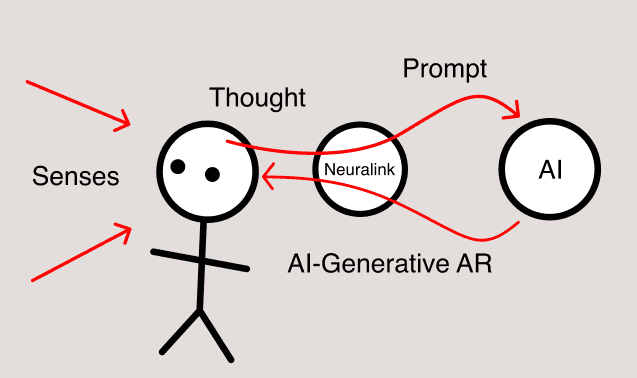
Direct-to-brain Augmented Reality (DBAR)
- A person senses the world as per normal
- Neuralink receives thought commands and translates them into prompts which it passes to an Artificial Intelligence (AI)
- AI uses these prompts to generate an AR response in real time
- The generated AR is fed back to the brain via Neuralink
- The person's brain then combines their real-world senses with the AR to create a richer experience that exists completely in the person's mind - No glasses required!
Types of AI-Generative AR
The information that AI passes back to the brain can come in many forms depending on the use case.
- Pure information: This is data that does not require any visuals, for example; a person's name may be communicated as text, or sound, but also as the pure idea of the name itself.
- Imagery: For example, a photo of a person or a house plan.
- Sound: Hear a friend speak, or listen to music without headphones.
- Any Human Sense: Touch, taste, smell, etc, are all senses that can be stimulated in the brain via Neuralink.
- A full Virtual Reality (VR) environment: AI can already generate full immersive VR (here's an example) but with Neuralink we can extend this to include all of our senses.
Practical Examples of Direct-to-Brain AR (DBAR)
- Wayfinding: An arrow can appear right in front of you showing the way and tracing the route you need to follow.
- Information queries: Look up data or facts and instantly know the answer.
- Object recognition: Identify any object or person from their visual appearance.
- Instant social connections: Communicate with family and friends at the speed of thought.
- Full 3D VR: Walk through a house before it's built or play VR games.
Advantages of Direct-to-Brain AR (DBAR)
With traditional screen-based AR the computer-generated elements cover a portion of your vision causing a 'reality blind spot', with DBAR this doesn't happen.
Here's an example:
Imagine a cube in real life and another cube superimposed on top by AR.
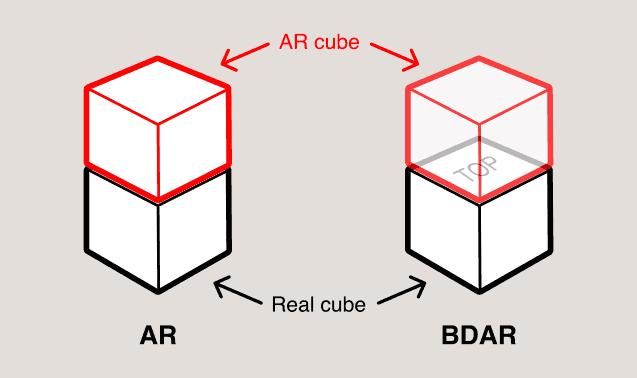
Augmented Reality (AR) vs Direct-to-brain AR (DBAR)
With traditional AR, you cannot see the top face of the bottom cube because it has been obscured by the top cube.
With DBAR, you see full, uninterrupted reality and AR is an extra sensory input that does not obscure anything. You can see the stacked cubes PLUS the top face of the bottom cube at the same time! And not because the AR cube is semi-transparent, you truly see both at the same time in full detail.
This is true AR!
DBAR is Like Synesthesia
If you've never heard of synesthesia, it's a condition where one sense triggers an additional 'unrelated' sense and it's caused by a kind of cross-wiring in the brain.
People who experience synesthesia report many forms including, sounds that produce colors, and tasting shapes, but by far the most common is grapheme-color synesthesia where letters and numbers appear as colors.
This is the form of synesthesia that I have (see my synesthesia story).
For me, the letters of the alphabet have particular colors, so for example, when I look at the letter 'K' I see orange. But importantly, if the 'K' is blue in real life, I also see blue. I see both blue and orange at the same time, not mixed together, the exact blue and the exact orange.
Like synesthesia, DBAR is an additional sensory input that never obscures reality.
DBAR Collapses 3D Space
With DBAR it's possible to be in more than one place at the same time. We see the reality around us plus we can be in one or more additional 3D environments at the same time. Each new 'space' adds a layer to our consciousness.
With enough bandwidth, we could see an object from all sides at once, see around corners, and look behind us.
Instead of two eyes providing a 3D sense of our environment, multiple 3D senses can reveal the world in 4 dimensions.
This would be truly astonishing to experience.

Follow me on @mattjamestaylor

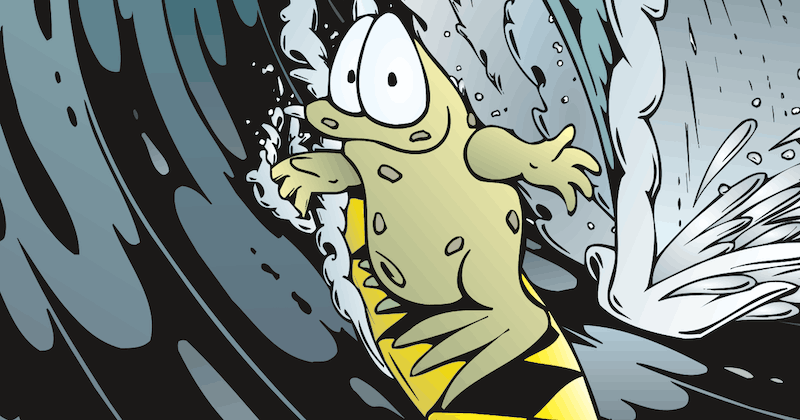
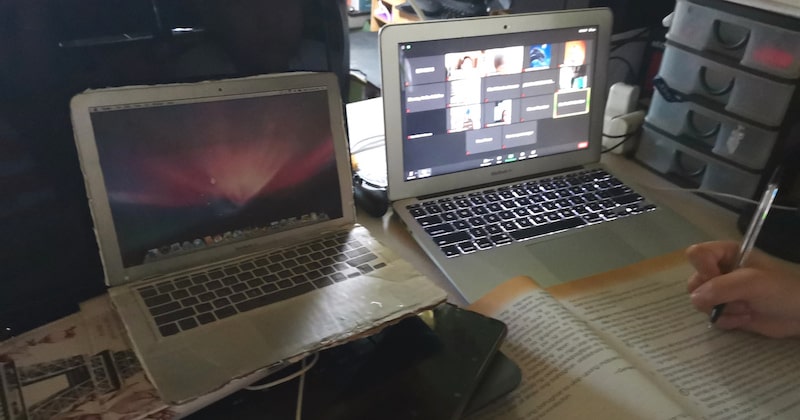
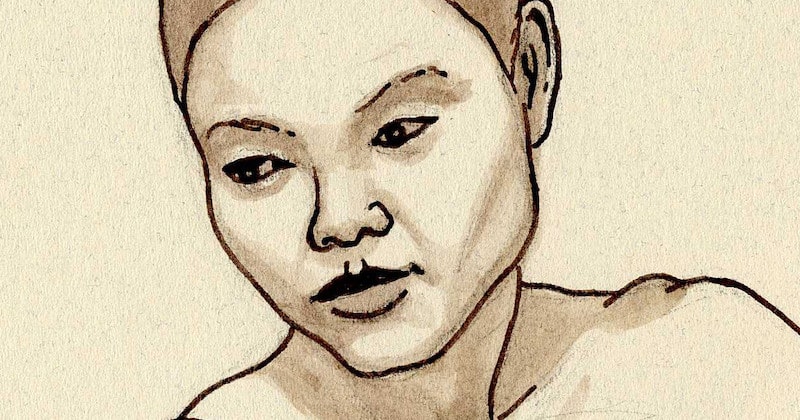

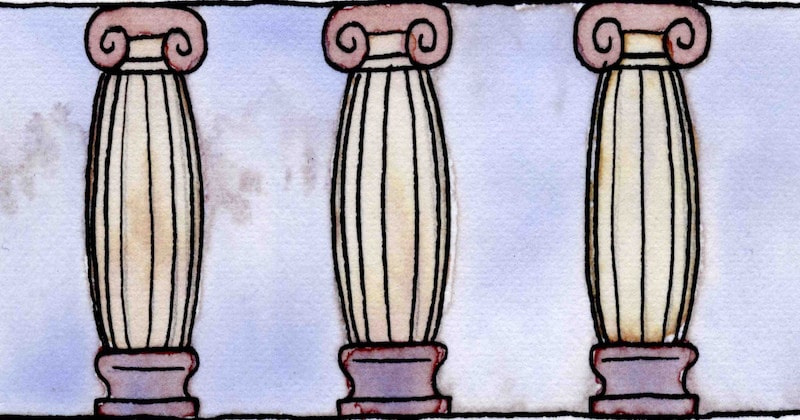
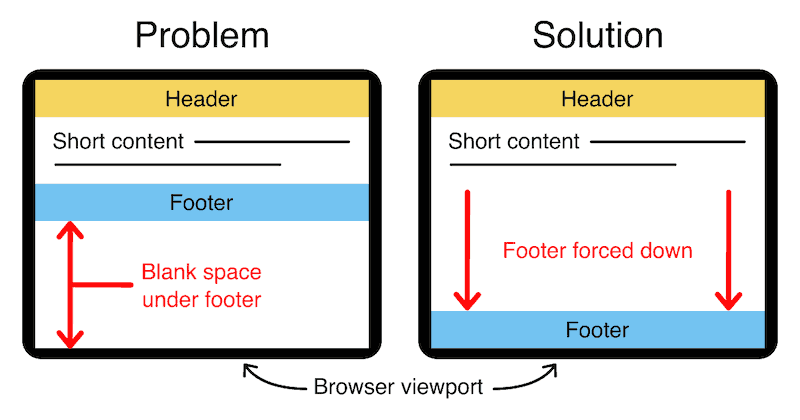
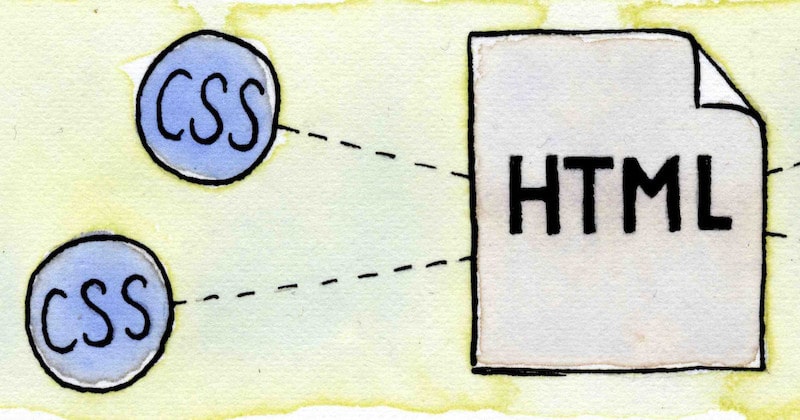
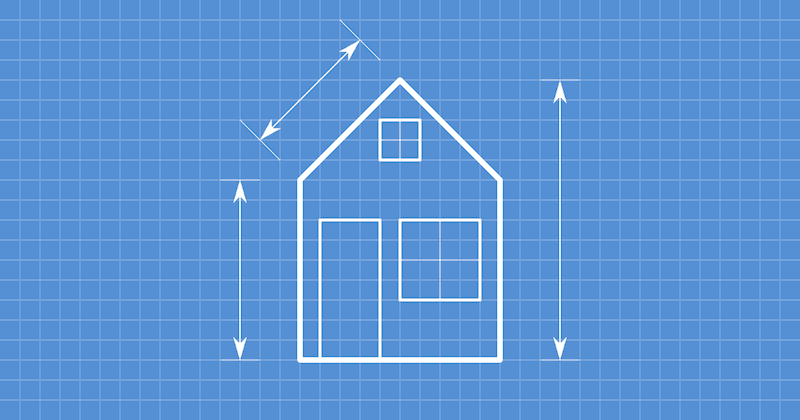

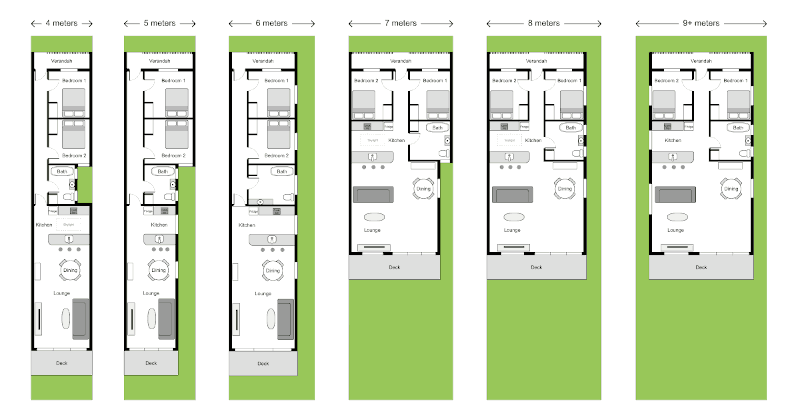
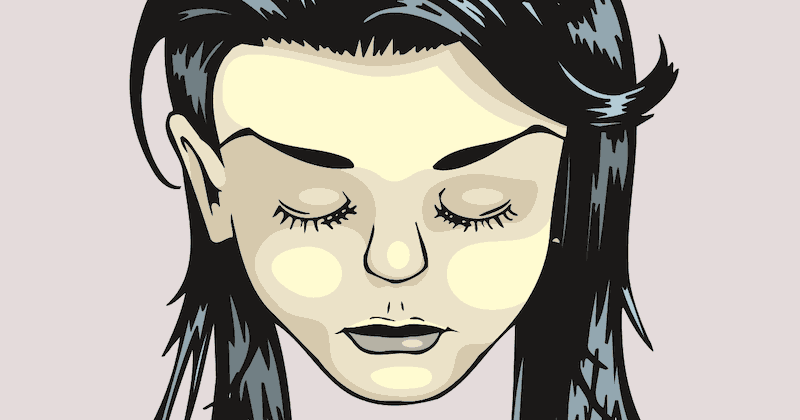
 Web design
Web design
 Architecture
Architecture
 Life drawing
Life drawing
 Art gallery
Art gallery
 Synesthesia
Synesthesia
 Comics
Comics